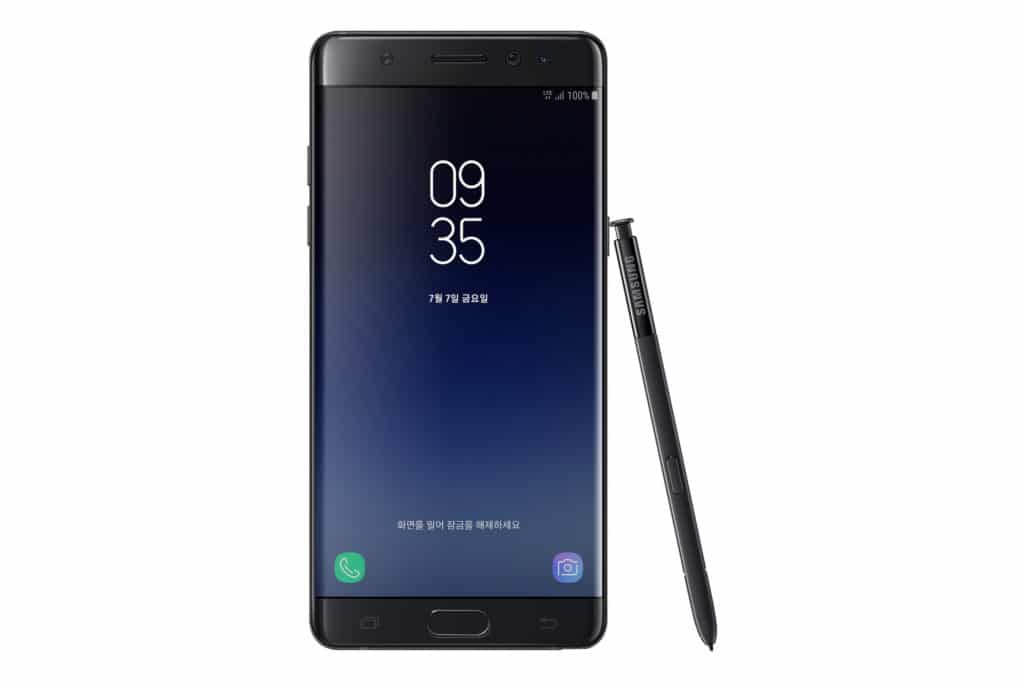
Earlier this year, with the launch of the Galaxy S7 from Samsung, DisplayMate put together an in-depth test of the flagship smartphone’s display, and found it to be ridiculously impressive.
The device even earned the publication’s “Best Smartphone Display” reward, an impressive feat considering all of the top, high-end devices on the market these days. But it wasn’t always going to last. Interestingly enough it looks like Samsung has actually beat itself when it comes to display technology, just a few months after the release of the Galaxy S7.
A new in-depth shootout with the Galaxy Note7, the company’s latest phablet flagship set to launch later this month, reveals that the display on the large handset is impressive in just about every single category, and improves upon the elements introduced in the Galaxy S7 and Galaxy S7 edge. Specifically, DisplayMate has rated the Galaxy Note 7 with the “most innovative and high performance smartphone display” that they have ever tested.
More to the point, the Galaxy Note7 is the “best performing smartphone display ever,” leapfrogging the Galaxy Note 5’s display, and even the Galaxy S7’s.
The Galaxy Note7 features a ton of upgrades, including, but not limited to:
- A curved screen OLED display that is manufactured on a flexible plastic substrate so that it can bend around corners on both sides of the phone to provide two curved edge display areas that can be viewed and controlled from both the front or the sides. The curved screen was available as an upgrade from a flat screen in earlier Note models – now everyone gets a curved screen.
- 4 Color Gamuts and Screen Modes
- A new wide DCI-P3 Color Gamut and Digital Cinema mode that is used on 4K Ultra HD TVs, so the Galaxy Note7 can display the latest high-end 4K video content. The DCI-P3 Gamut is 26 percent larger than the Rec.709 Gamut that is used for 2K Full HD TVs
- A new HDR High Dynamic Range video mode that is used on 4K Ultra HD TVs, plus a Video Enhancer that provides HDR-like Expanded Dynamic Range for all videos that don’t have HDR coding
- A record high Peak Brightness of over of 1,000 nits, which improves screen visibility in very high Ambient Light, and provides the very high screen Brightness needed for HDR
The Galaxy Note7 also features dual ambient light sensors –on the front and back of the device– which makes it the first smartphone to implement this methodology. It also features the brand new Corning Gorilla Glass 5.
All-in-all, the in-depth report goes into great detail, as always, regarding the changes and improvements Samsung has made. For those who are expecting the Galaxy Note7 to arrive on their doorstep, or otherwise pick up the new phone later this month, it looks like you’re investment in the display was worth it.
Are you buying the Galaxy Note7?
[via DisplayMate]















